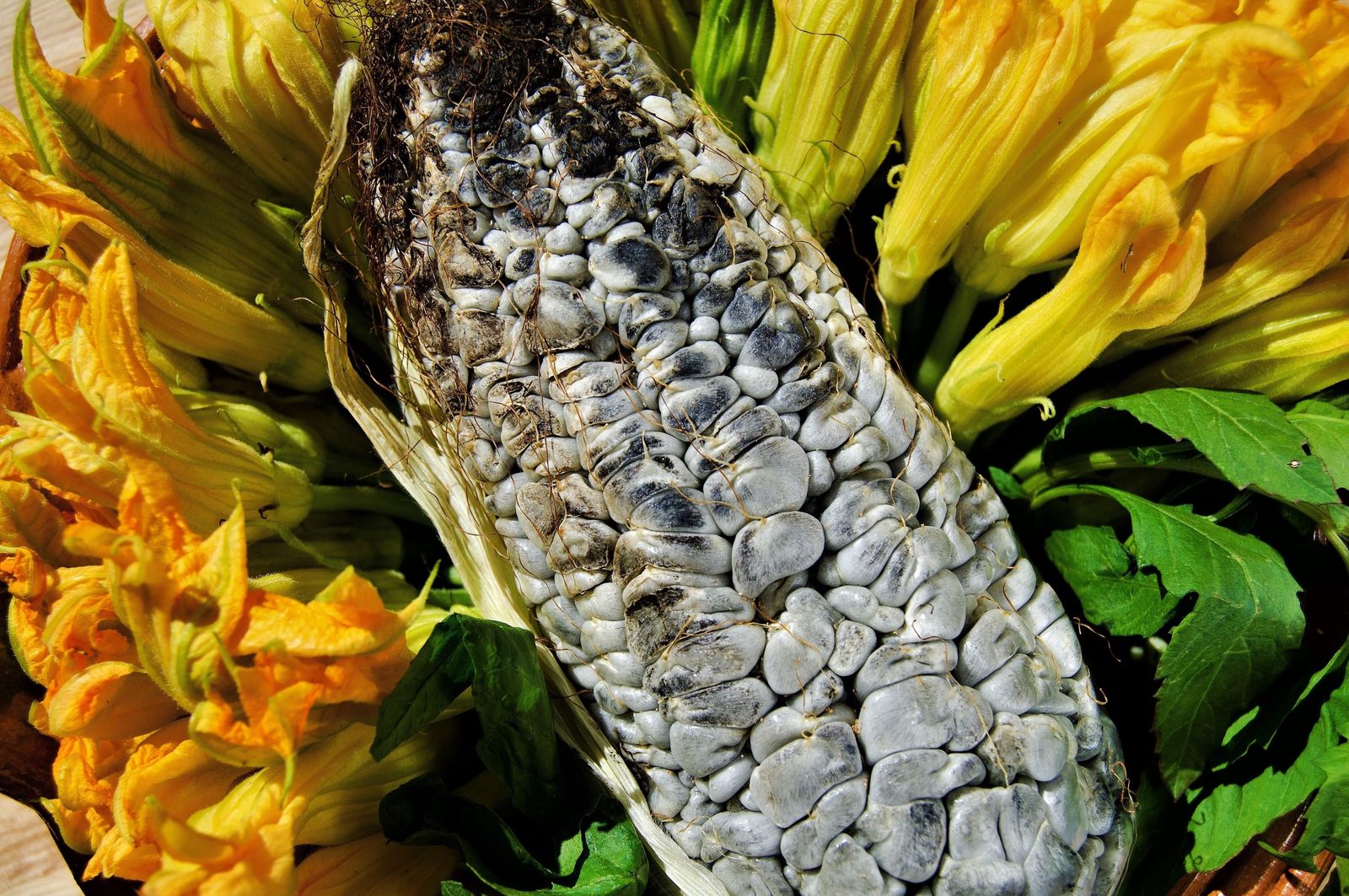“You are what you eat,” they say. So if you discover all the unusual things considered as food in a country, you might automatically think that its people are almost crazy.
But hey, the world is crazy, and so are you, so for what may seem normal to us can be weird to others and vice versa. Mexico is not exempted from the weird list, and here are some of the weird foodstuff you can find there.
1. Tamarind
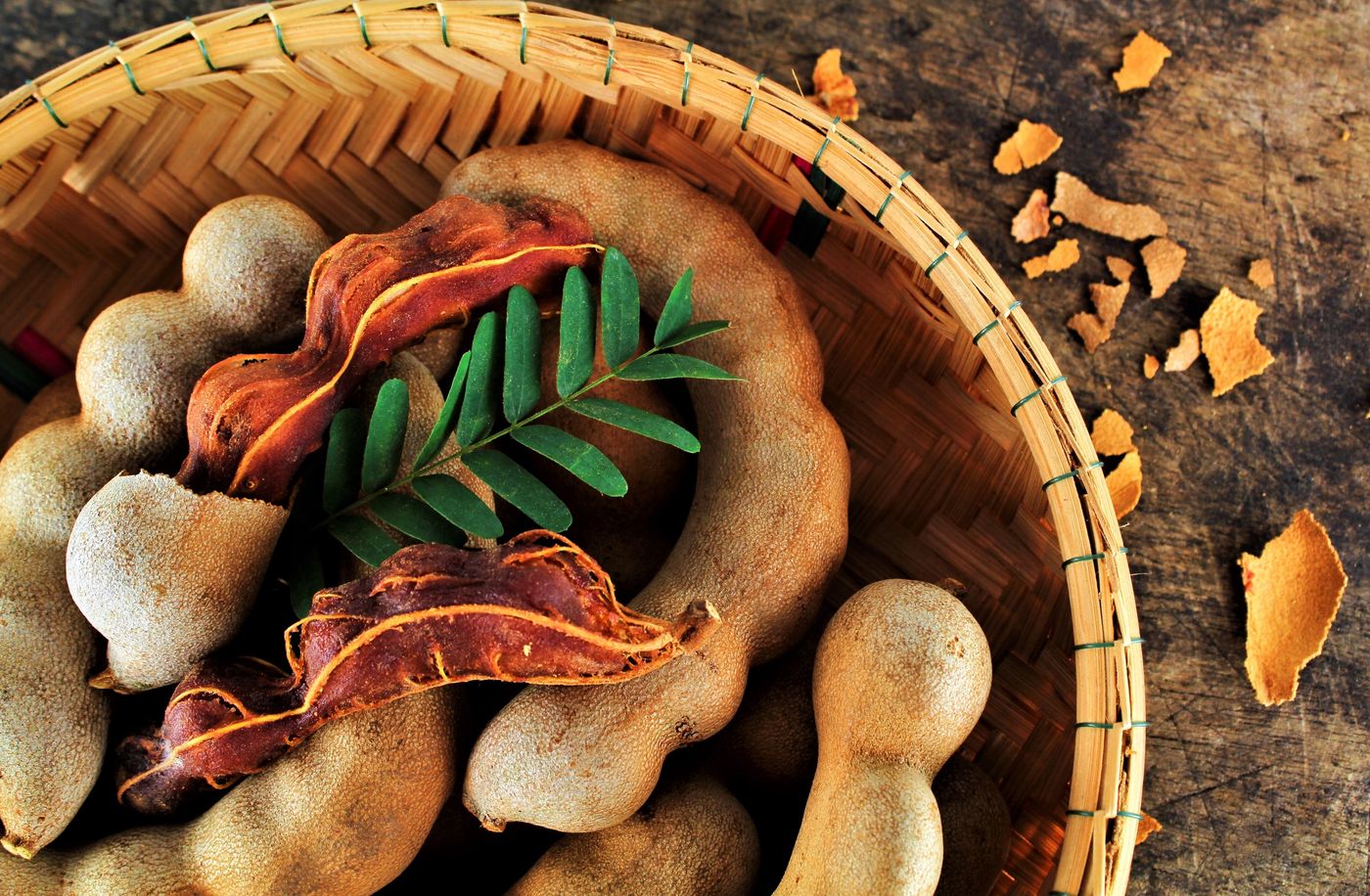
Before you laugh at the shape of this odd-looking fruit (if it’s odd for you), you better understand that this fruit is an essential ingredient to almost everything in Mexican cuisine.
For example, this pod-like fruit-slash-legume’s pulp is used as an ingredient for a particular Aguas Frescas known as Agua de Tamarindo (tamarind drink) or for the hot drink Atole.
It gets weirder when you figure out that this sweet and sour pulp is also used in making sauces, popsicles, candies (tamarind balls covered in spicy sugar, anyone?), and ice cream.
2. Huitlacoche
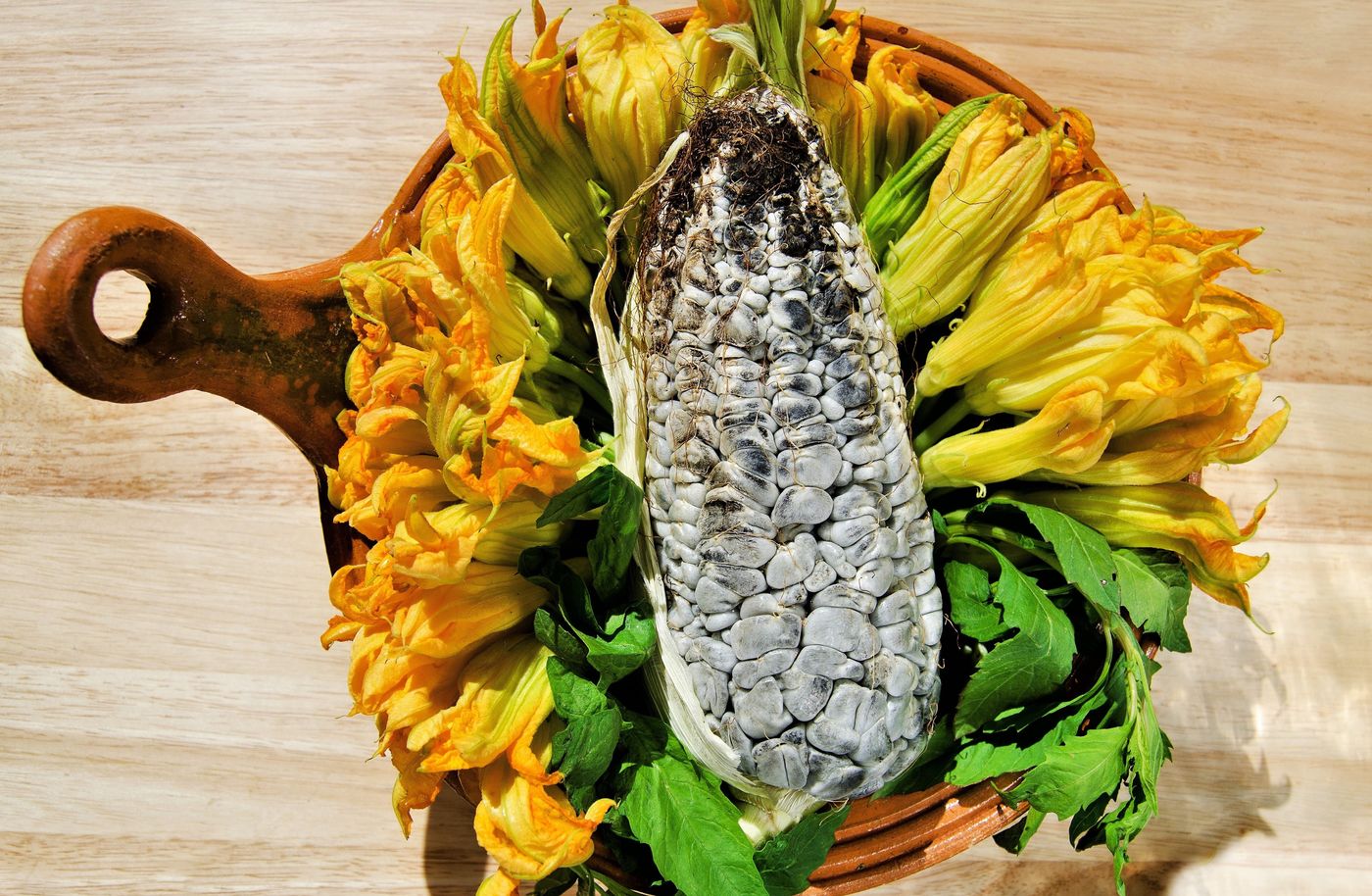
If you search for the word “Huitlacoche” (weet-la-koh-cheh), you’ll get the English term “Corn Smut.” Sounds lovely, isn’t it?
Looking further, you’ll read a description that says: “Corn Smut is a plant disease caused by a pathogenic fungus.” That didn’t sound delicious but just remember, if you see large white-to-gray puffs that are unusual to be seen on regular corn, that’s corn smut in front of you.
Gross? Nah. Not for Mexico. Instead of dumping the poor corn ears, Mexicans chop the huitlacoche and use it to flavor local favorites such as quesadillas, tamales, soups, or tacos. By the way, you can also call it corn truffle to make it sound appetizing.
Read more: 11 Weird Foods Americans Eat
3. Menudo
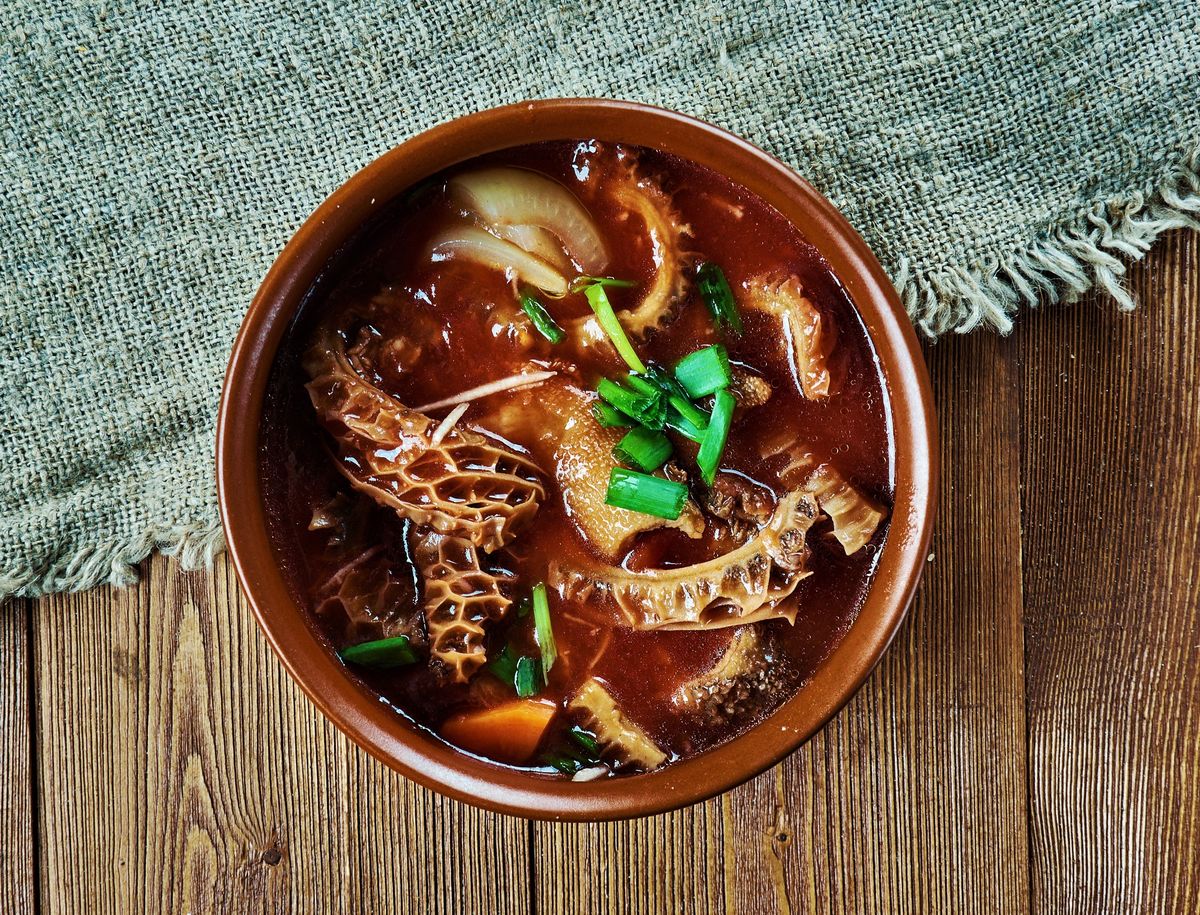
After chugging down numerous shots of tequila, no one can escape the curse of a hangover kissing you when you wake up. But instead of getting rid of it with medicine, Mexico can bet on their favorite hangover cure: Menudo.
This soup is tasty, rich in vitamins, and rich in spongy meat you see swimming in the healthy sea. Menudo is made by boiling beef tripe, cow’s foot, and marrow bones in a pot and later mixing it with chilies, herbs, and spices.
4. Tacos de Lengua
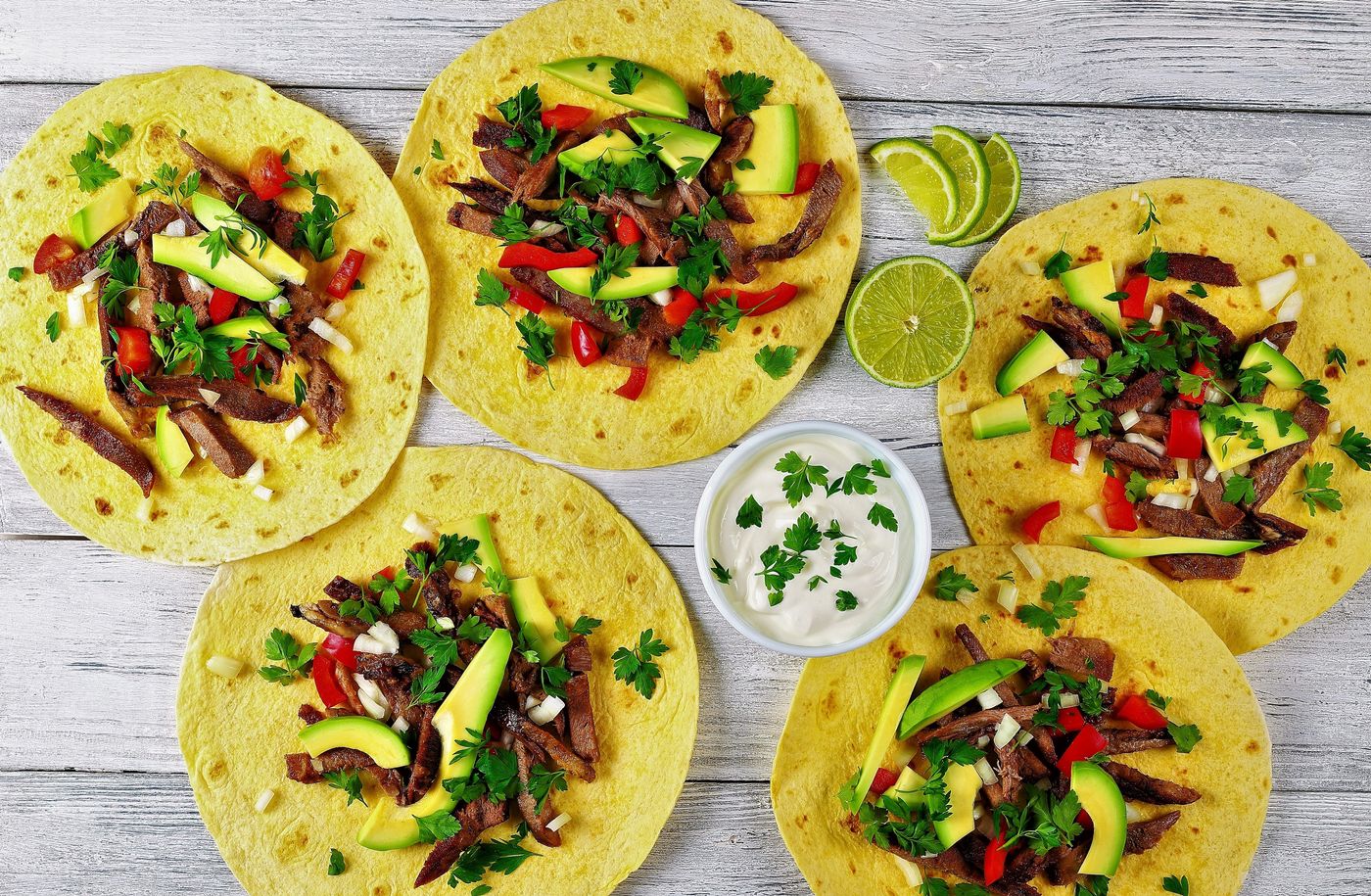
This is the taco you don’t want to underestimate. It’s special.
It has that unique flavor that’ll make you lick for more. It’s a taco with a yummy filling composed of the usual onion, cilantro, jalapeño, tomatoes, lime juice, and cow’s tongue.
Yes, you have heard it right! It’s not beef, chicken, or pork. It’s a cow’s tongue. Despite its weird texture, it’s just as yummy as beef.
5. Chinicuiles
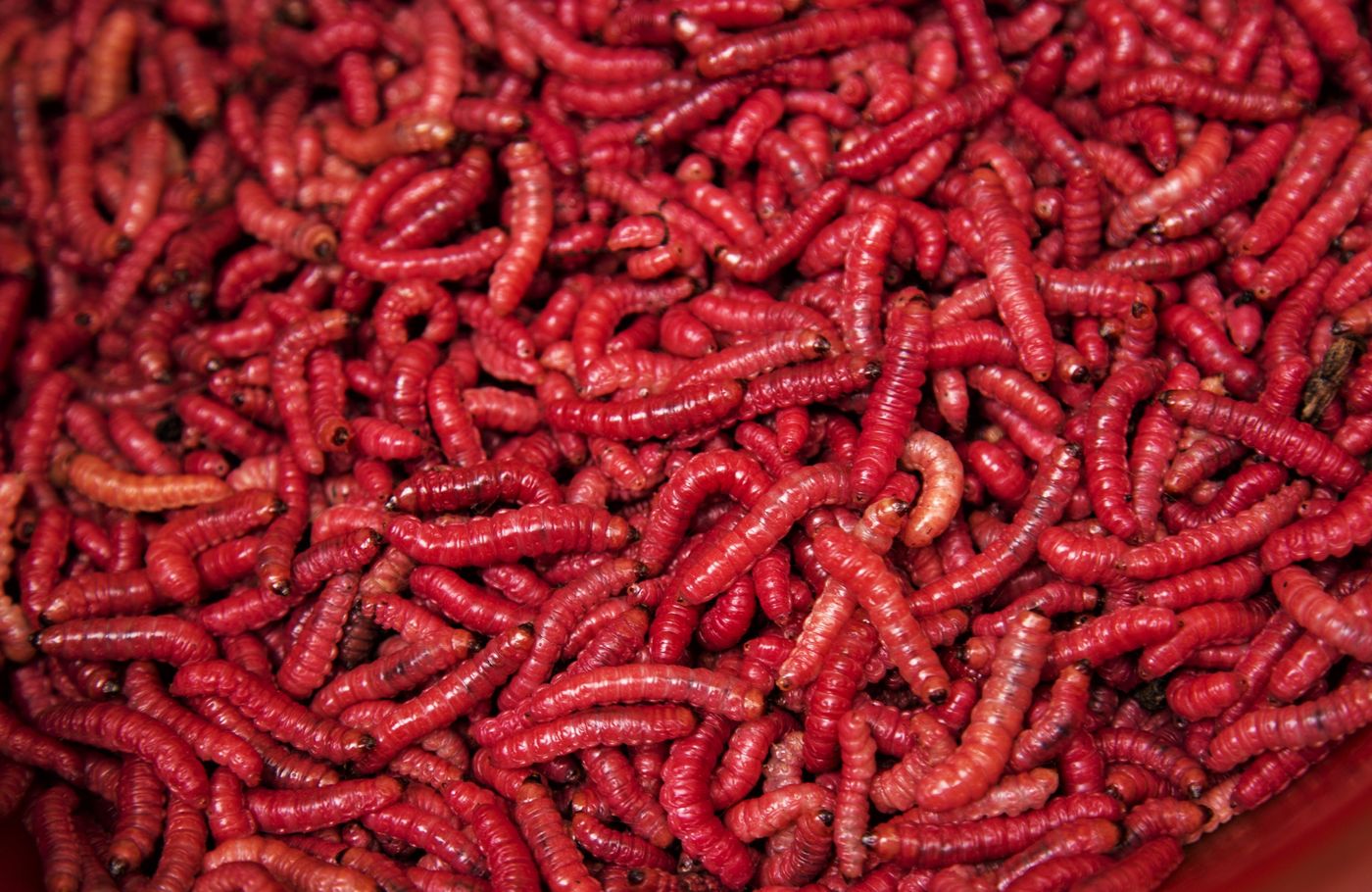
Chinicuiles are red maguey worms that infest the roots of maguey and agave plants before they are harvested, cooked, and eaten.
It’s not unusual to have doubts about eating these red critters, especially when you see them freshly harvested, still alive, and crawling in a tub.
But, these highly nutritious creeps aren’t surprising to see in tacos, or just as it is, roasted, fried, or raw. Don’t underestimate these worms because they’re rich in protein and can actually be your perfect meat substitute. Yes? No?
Read more: 10 Foodie Cities for the Vegan and Vegetarian Traveler
6. Chicharron
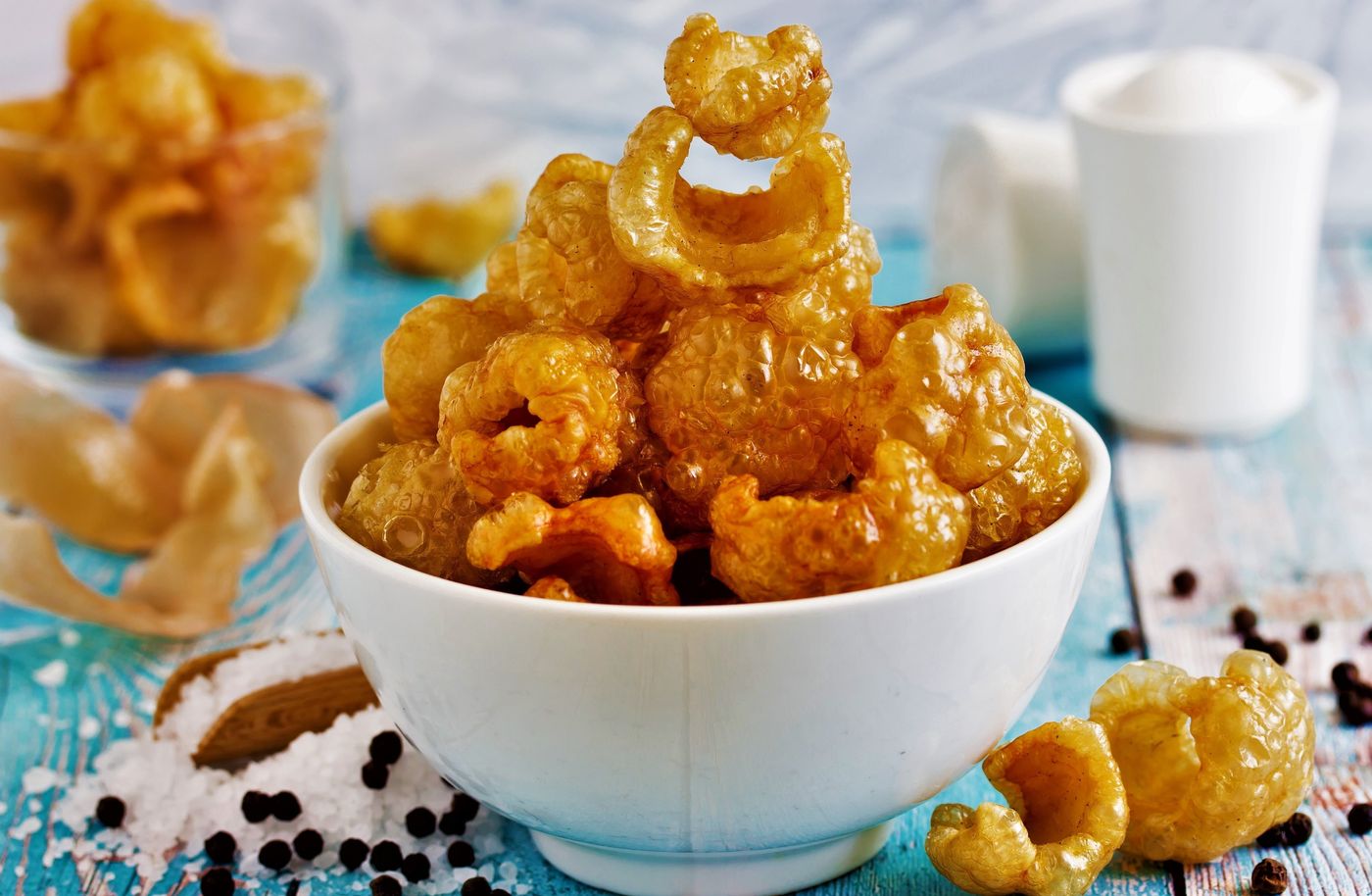
Chicharron is not really that weird, especially if you’re a fan of deep-fried fatty food. Well, this can even pass as your new favorite afternoon snack!
Cooking it requires you a few things: pork rinds, a pot full of oil, and patience because you need to deep-fry the fat until it’s all golden and crispy. Chicharron is best served with spicy salsa and warm tortillas.
7. Nopales
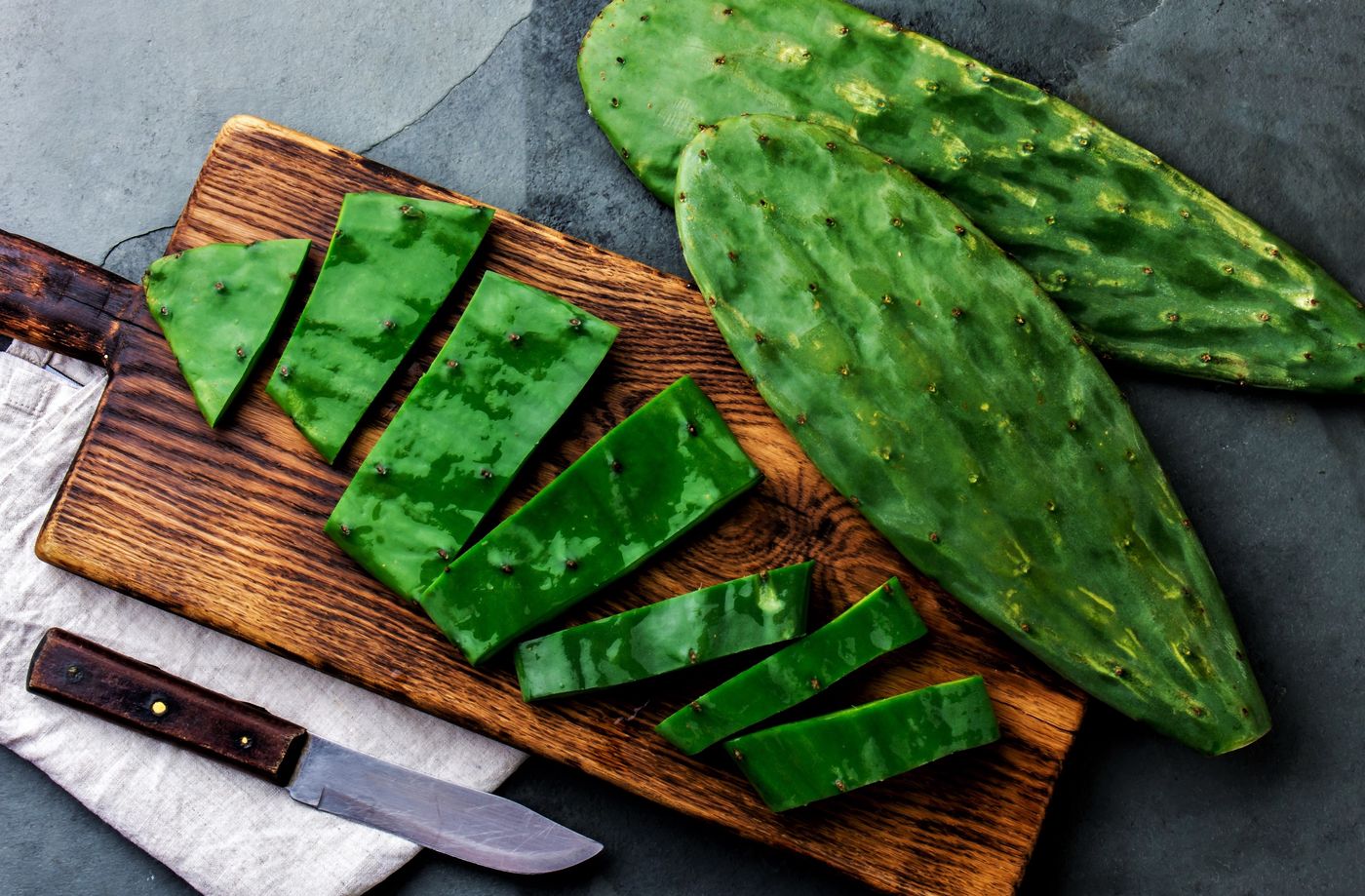
How can someone suddenly discover that a cactus leaf can be eaten? Before digging into history, let’s just take a look at the present and get to know Mexico’s nopales.
Nopales are cactus leaves from a specific type of cactus plant found in Mexico. Cleaning the cactus leaves or pads starts with peeling away the thorns and bumps no one wants to eat.
They can be sliced into different shapes – in cubes or strips – before cooking, or you can just cook them whole. You can pan-fry them, grill them, boil them, or mix them in soups and salads. They pretty much taste like green beans.
8. Escamoles
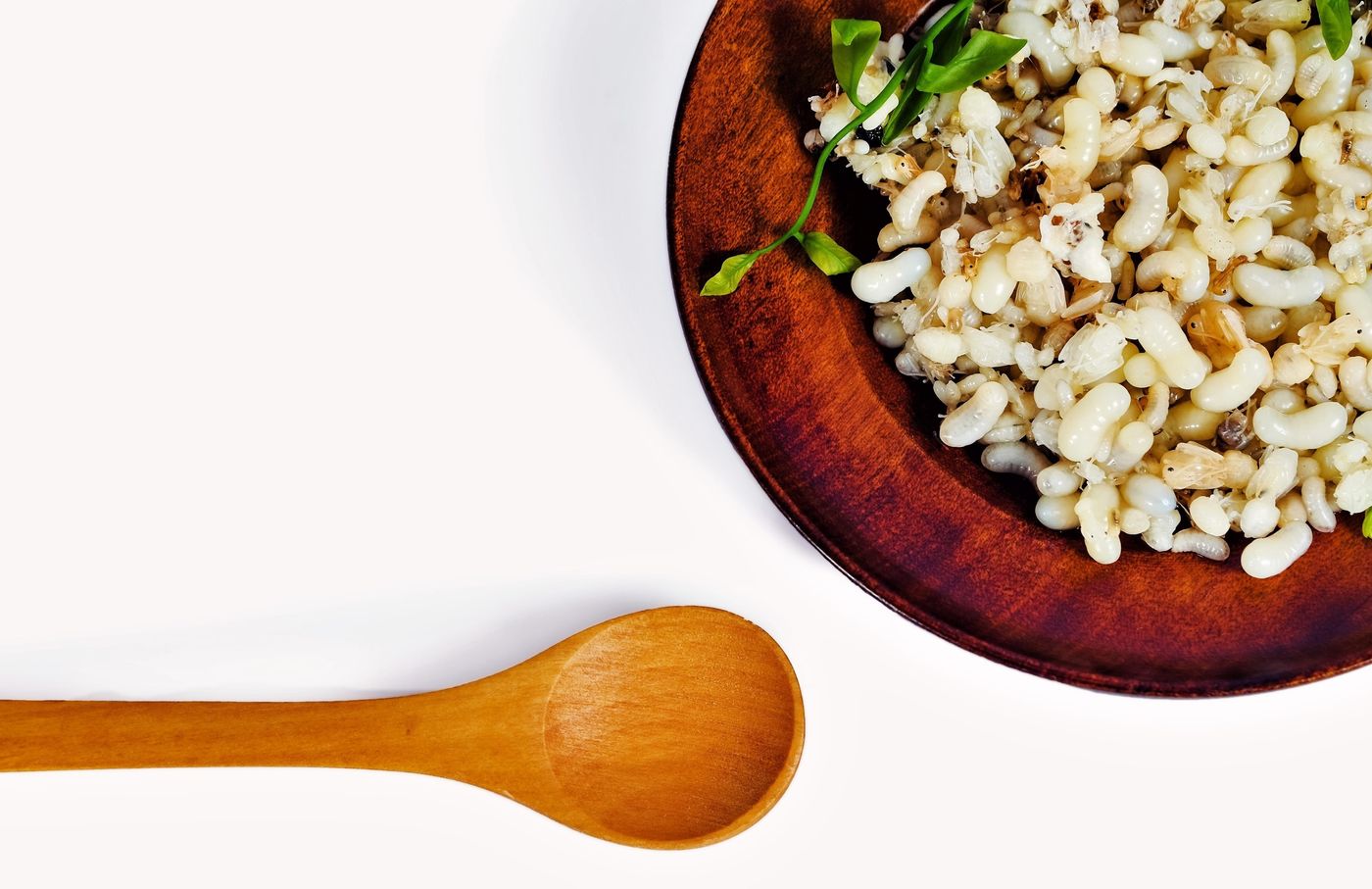
After Chinicuiles, you should also try Escamoles or ant larvae. Escamoles were once a common food during the Prehispanic times, but now, it’s a delicacy known as “the Mexican caviar.”
These light-colored eggs harvested from maguey plants have a poppy texture and a slightly nutty taste. Some even say that their taste is similar to pork rinds.
Escamoles are often pan-fried and found in tacos or omelets. They can also be eaten alone with guacamole and tortillas.
Read more: Good Morning! Breakfasts Around the 16 Countries of Eastern Europe
9. Sal de Gusano
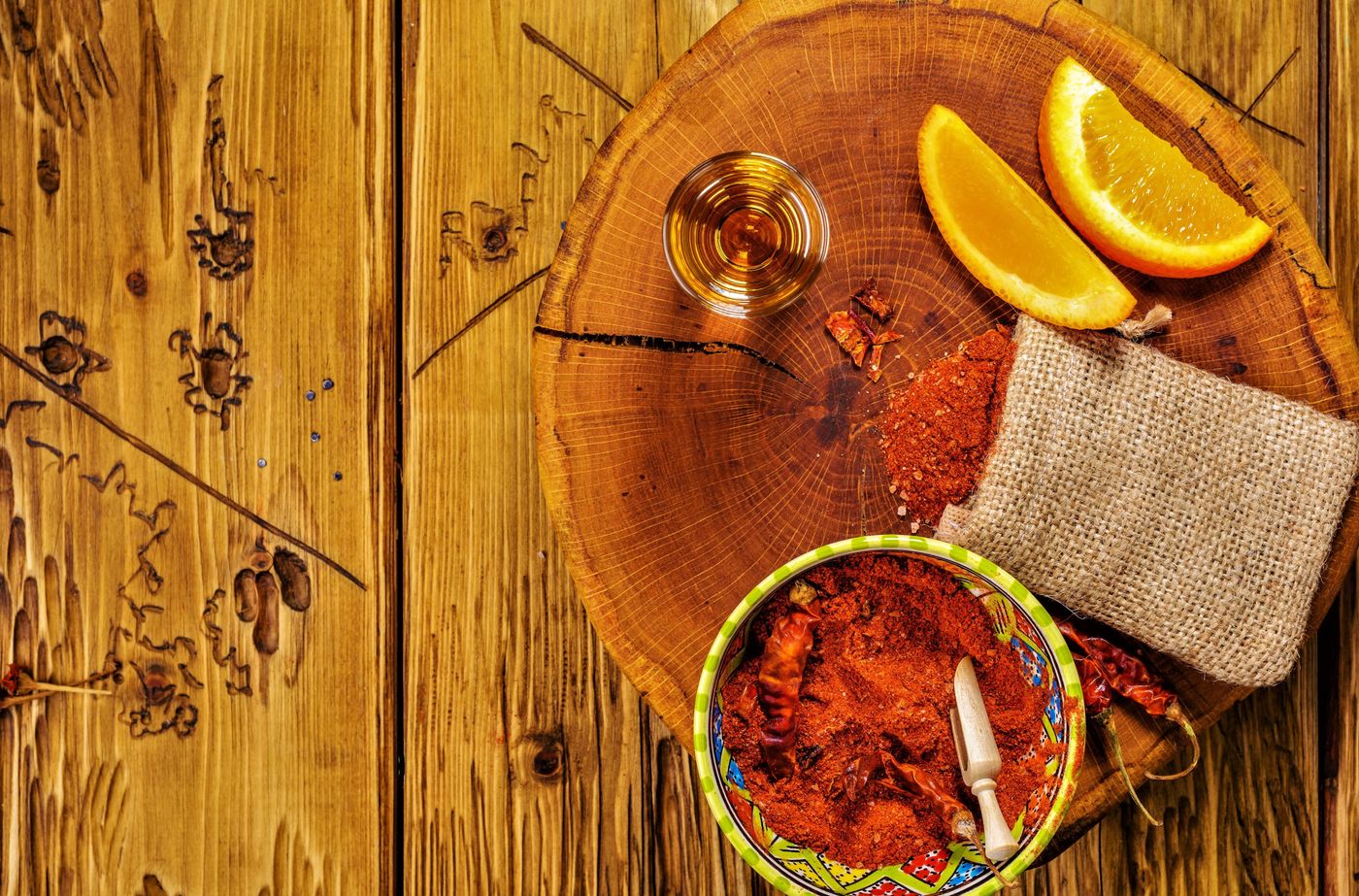
You better get ready when you’re heading out for a drink in Mexico. It’s not about the upcoming shots of tequila or cocktails you’re about to drink, but the salt you’re going to take your drink with.
If the salt is what they call “sal de gusano,” think carefully if you’re willing to continue the party with a taste of this condiment made up of ground gusano worms, rock salt, and chiles.
Megan Romer is a Louisiana-based writer specializing in travel, food, music, and art. Megan’s writing has appeared in Thrillist, TimeOut, TripSavvy, Delish, No Depression Roots Music Journal, Louisiana Life Magazine, and more. When she’s not writing, she’s singing, cooking, and beating her 9-year-old son at video games.

